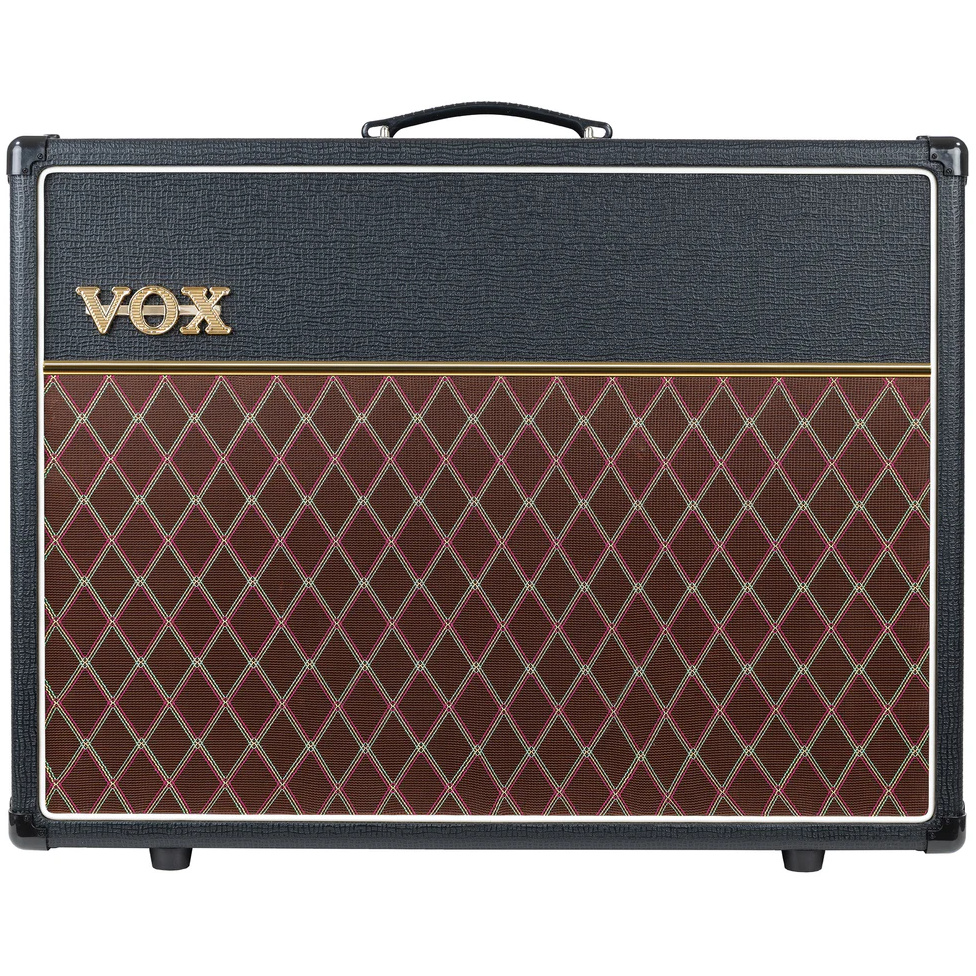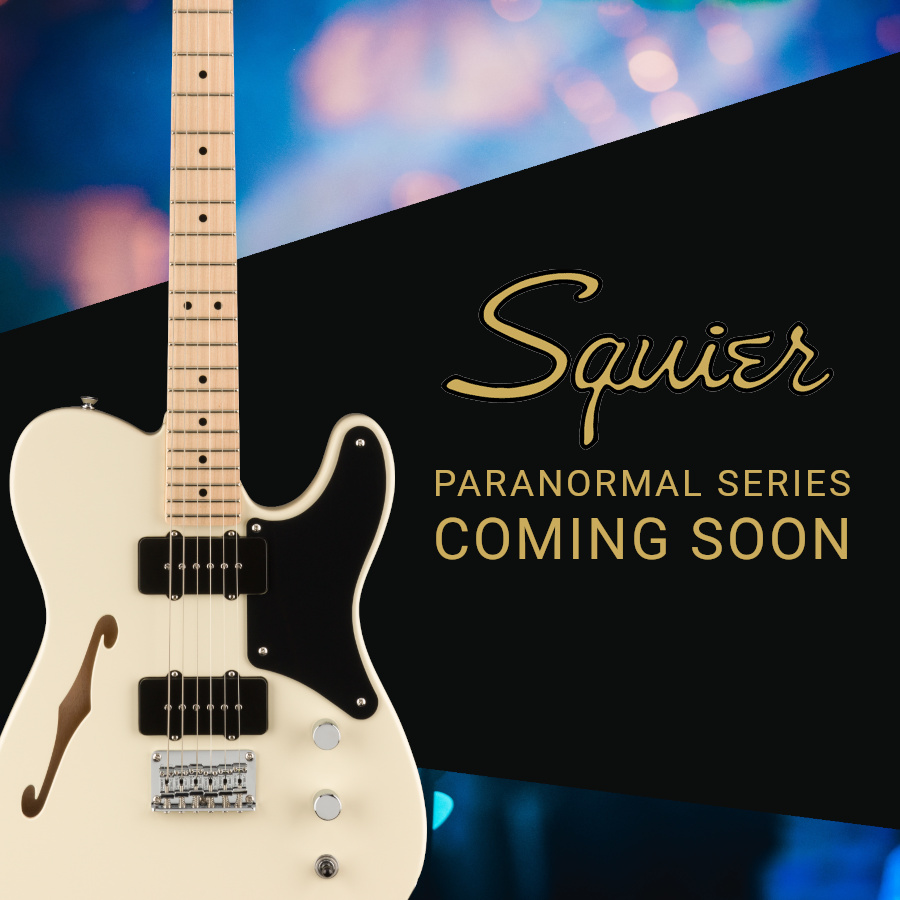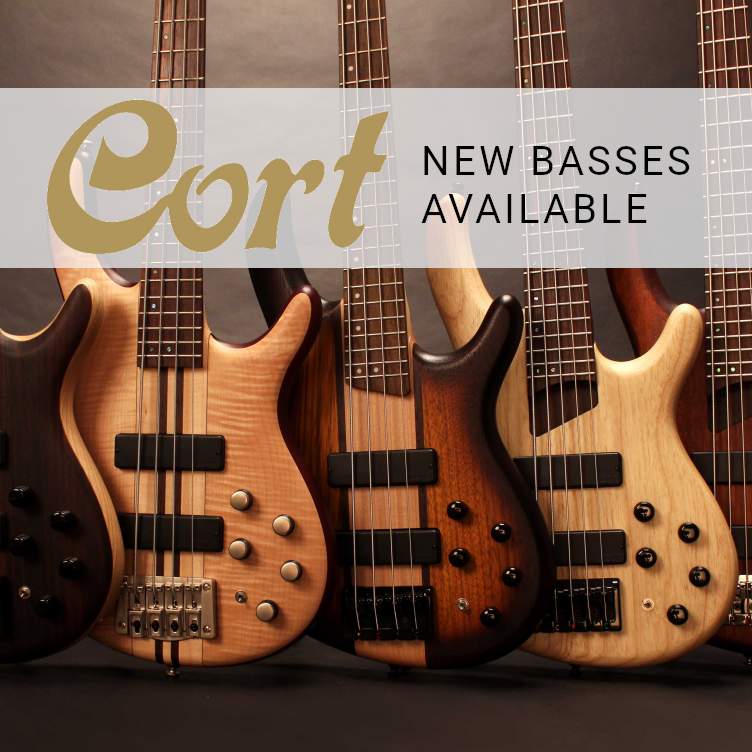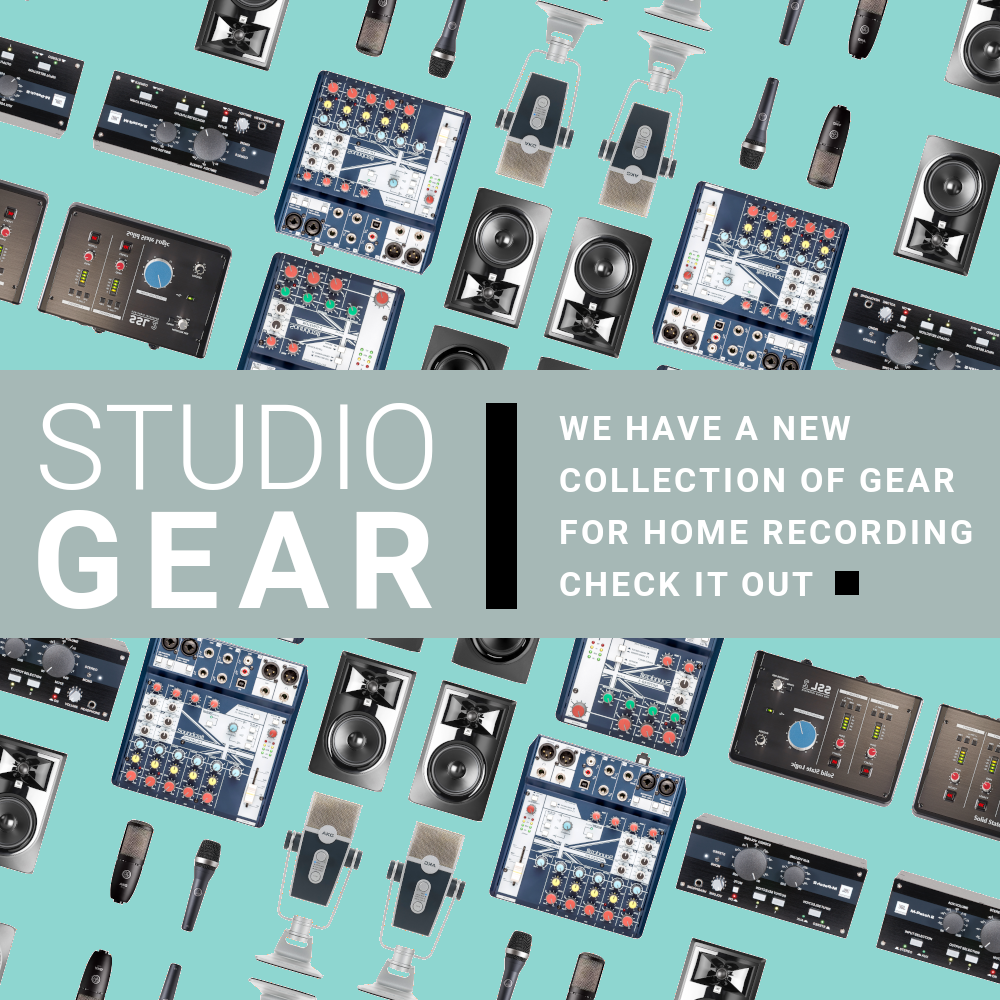Hello, piano enthusiasts! We have some exciting news for you today. Yamaha, a name synonymous with quality musical instruments, has unveiled their new Clavinova CLP 735 series, and it’s a game-changer. This new series packs some amazing upgrades and stunning features, perfect for both the seasoned pianist and the budding musician.
At the heart of the CLP 735 are the sounds of two world-renowned grand pianos, the Yamaha CFX and the Bösendorfer Imperial, each with their unique tonal colors and nuances. The Yamaha CFX is a full-sized concert grand piano known for its wide palette of tonal colors and the ability to create the most subtle expressive nuances. It can even project over the sound of a symphony orchestra, even in very large halls! On the other hand, the Bösendorfer Imperial Grand is the legendary 97-key piano with the largest soundboard of any piano. Its rich history of artist endorsements range from Bartók and Debussy to Tori Amos and Oscar Peterson. With the CLP 735, you can have the majesty of these grand pianos, worth hundreds of thousands of dollars, right at your fingertips.
The new series offers some stunning upgrades including Grand Expression Modeling, Virtual Resonance Modeling, and a new GrandTouch-S keyboard. These features are a fancy way of saying that the CLP 735 feels and sounds more like a grand piano than all previous generations. Grand Expression Modeling and Virtual Resonance Modeling add the richness and tonal quality to the high-definition sound of the instrument. Virtual Resonance Modeling, in particular, calculates the various states of strings for each of the 88 notes on the keyboard, from one instant to the next, and the timing and depth of the damper pedals pressed. This technology allows for vivid, bright, richly-varied expression that reflects the limitless number of factors inherent in piano performance.
Touch is just as important as tone and sound, and Yamaha has brought the authentic grand piano touch to the CLP 735. The series features a GH3X action for an authentic touch. It simulates the heavier hammers in the bass section and gets lighter towards the treble section, just like a grand piano. The three-sensor configuration senses and interprets the key depth and force with which each note is played, giving you the natural feedback you would find on a concert grand piano.
But that’s not all. The CLP 735 also offers the benefit of smooth release. Yamaha’s Smooth Release technology provides a finely-nuanced response to the pianist’s playing, offering the crisp tone heard when playing staccato, as well as the lingering sound produced by releasing the keys more.
One of the major advantages of the Clavinova series is the lack of maintenance. Unlike traditional acoustic pianos, which may require regular tuning and upkeep, the Clavinova series stays in perfect tune, saving you a significant amount of money over the years. The touch remains consistent, the sound in perfect tune, and the functions in perfect order for decades to come.
And for those moments when you want to practice without disturbing anyone or being disturbed by the noise of the house, the CLP 735 offers the ability to practice silently with headphones. Yamaha uses Binaural sampling, a sophisticated recording technique using a special combination of microphones, to reproduce the sound of an acoustic piano to the human ear through headphones. It provides a truly immersive experience, allowing you to lose yourself in the music
Here’s a summary of the key features and benefits of the Yamaha Clavinova CLP 735:
- Grand Expression Modeling and Virtual Resonance Modeling: These technologies emulate the subtle nuances and intricacies of a grand piano’s sound, making the digital piano feel and sound more like a grand piano than all previous generations.
- GrandTouch-S keyboard: It has synthetic ivory and ebony key surfaces that provide a realistic touch and feel similar to a grand piano.
- Graded Hammer 3X Action: The touch response of the keys is designed to simulate the heavier hammers in the bass section and get lighter towards the treble section, just like a grand piano. The three-sensor configuration senses and interprets the key depth and force with which each note is played, providing natural feedback similar to a concert grand piano.
- Smooth Release Technology: The piano offers expressive sound that responds to the player’s touch, from staccato to legato. It features Yamaha Smooth Release technology, which provides a finely-nuanced response to the pianist’s playing.
- Yamaha CFX and Bösendorfer Imperial grand piano samples: The Clavinova CLP 735 incorporates samples from two renowned grand pianos – the Yamaha CFX Concert Grand Piano and the Bösendorfer Imperial Concert Grand Piano, both of which are known for their distinct tonal colors and expressive nuances.
- No Maintenance: Unlike acoustic pianos, digital pianos like the Clavinova CLP 735 require minimal maintenance. This means you’ll save money over time because there’s no need for regular tuning, and the sound remains consistent and in perfect tune for decades.
- Silent Practice with Headphones: The digital piano allows for silent practice through headphones. This feature is particularly useful if you live with other people or in an apartment setting where noise can be a concern. Yamaha uses Binaural sampling, which uses a special combination of microphones to reproduce the sound of an acoustic piano to the human ear through headphones.
- Other features: The Yamaha Clavinova CLP 735 includes other useful features such as LCD Display, 36 voices, 16 track – 250 song recorder, 3 pedals (Soft, sostenuto, and damper with half damper effect), drum rhythms and metronome for timing, USB and Midi for computer connectivity, and compatibility with Yamaha apps.
In conclusion, the Yamaha Clavinova CLP 735 is an instrument that offers an immersive, high-quality, and sophisticated piano-playing experience. It embodies the blend of tradition and technology, offering the feel and sound of renowned grand pianos, like the Yamaha CFX and the Bösendorfer Imperial. Its impressive array of features, such as Virtual Resonance Modeling, Grand Expression Modeling, and the GH3X action, enables this digital piano to reproduce the subtle nuances of an acoustic piano in extraordinary detail. This extends to the unique character of each note, the expression of your playing style, and the atmospheric resonance that fills a room.






